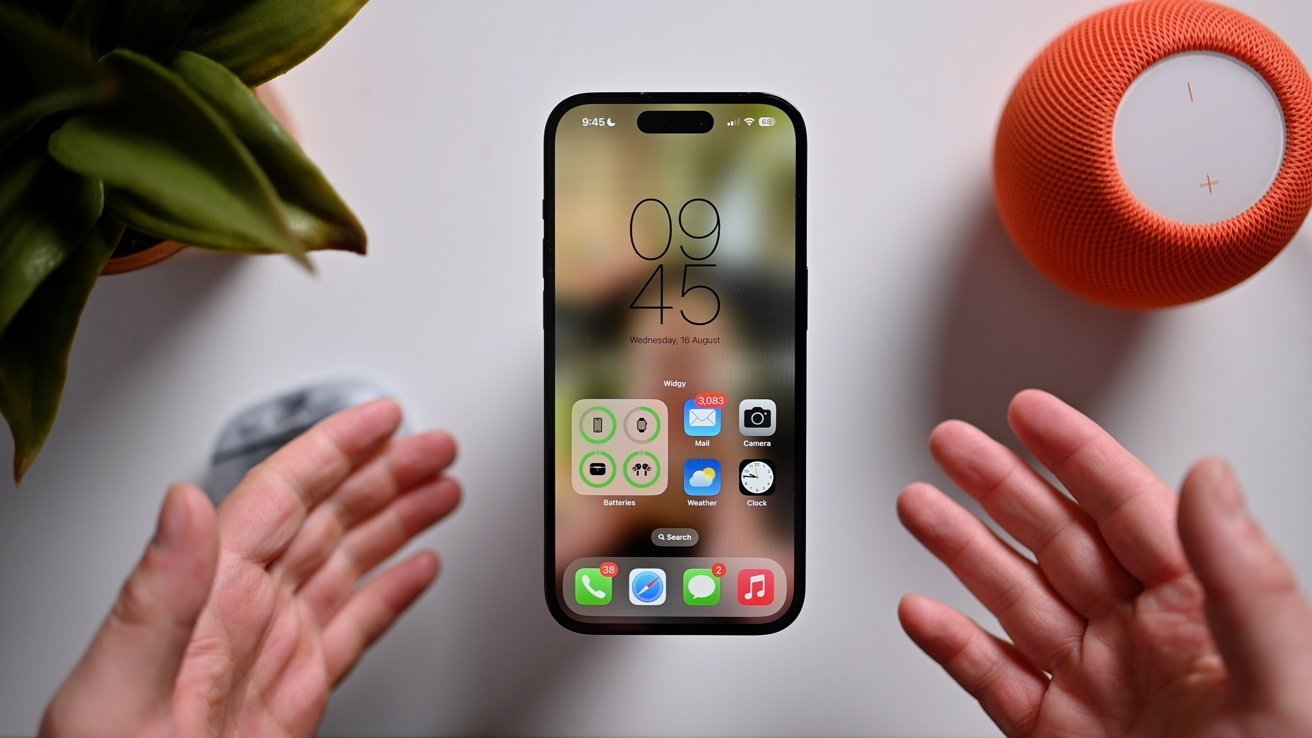Apple has restarted the developer beta process once again for its current-gen versions of iOS, iPadOS, tvOS, watchOS, and macOS Sonoma.
Developers participating in Apple’s beta program can pick up new builds through the Apple Developer Center or more directly by updating their iPhone or iPad already running the betas via the Settings app. Public beta versions usually arrive a short time after the developer versions, and public participants can sign up through the Apple Beta Software Program website.
The new iOS and iPadOS 17.6 betas have build number 21G5052e, meanwhile the first build of tvOS 17.6 and HomePod Software 17.6 is build number 21M5045c. The first watchOS 10.6 developer beta build is number 21U5551b, and macOS Sonoma 14.6’s initial build is number 23G5052d.
Due to it being the introduction of new first-generation betas, the contents of each are largely unknown. Information about changes will arrive as the betas themselves get inspected and analyzed.
This also now means that Apple has two simultaneous beta generations being tested at the same time. It is currently running betas of iOS 18, iPadOS 18, macOS Sequoia, watchOS 11, and tvOS 18.
The release version of iOS 17.5 chiefly introduced Web Distribution, a method of sideloading apps for EU users. Developers can use a process to allow users to install apps from their website, rather than an app storefront.
Other key features included Repair State, which will keep Find My enabled throughout a repair process. There was also an implementation of Apple and Google’s cross-network functionality for tracking tags such as AirTag.
An update to iOS 17.5.1 and iPadOS 17.5.1 was released shortly after, following the discovery of a bug that resurfaced previously deleted photos.
AppleInsider and Apple strongly suggest users don’t install test operating systems or other beta or RC software on “mission-critical” or primary devices, as there is the small chance of issues that could result in the loss of data. Testers should instead use secondary or non-essential hardware and ensure they have sufficient backups of their critical data at all times.





